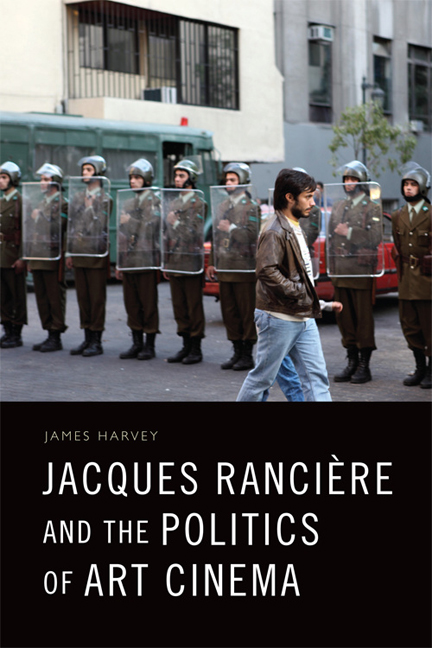3 - Kaufman’s Dissensus
Published online by Cambridge University Press: 28 April 2021
Summary
The principal function of politics is the configuration of its proper space. It is to disclose the world of its subjects and its operations. The essence of politics is the manifestation of dissensus, as the presence of two worlds in one.
(Rancière 2010: 37)The above quotation (taken from number eight of ‘Ten theses on politics’) introduces the term ‘dissensus’. A political subject ‘stages scenes of dissensus’ (2010: 69); these are not conflicts of interest, opinions or values, but rather, the event arises through ‘a division inserted in the “common sense”: a dispute about what is given and the frame in which we see something as given’ (ibid.: 69). This means that politics has nothing to do with the work of existing power formations – it is about the ruptures produced within those formations and the communities thereby conceived from out within. ‘Two worlds in one’ refers to (1) the world in which we are interpellated as the subjected parties and (2) the dissensual – that is, political – world of subjects that will come to refigure that space. Since a Rancierian politics need not, then, be abstracted from the more familiar realms of power, and because this relies only on the aesthetic manifestation of dissensus, we might begin to conceive not only of politics in art cinema but a politics of art cinema. To demonstrate what I mean, this chapter focuses on Charlie Kaufman's Synecdoche, New York (2008).
Synecdoche, New York produces two co-existing worlds: the real world inhabited by the film's characters and the fictional stage of the protagonist's (Caden Cotard’s) new play. Employing surreal narrative events and manipulating the way we experience time throughout the film, Kaufman denies clarity and, in Richard Deming's terms, places the spectator in ‘an entirely subjective realm’ (2011: 195). The perceived reality of the protagonist exists alongside the relative normality experienced by all of the other characters. A number of shifts occur from the film's early, naturalistic scenes through to its intensified levels of strangeness, before soon reaching an entirely warped state, at which point the film comes to stage the existence of two worlds in one.
- Type
- Chapter
- Information
- Jacques Rancière and the Politics of Art Cinema , pp. 63 - 81Publisher: Edinburgh University PressPrint publication year: 2018



